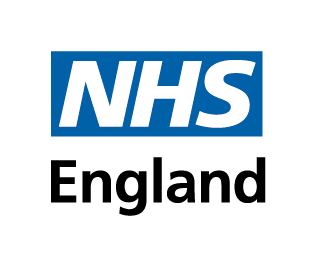The Hub is a Learning Management System (LMS) specifically designed and built for the health and social care workforce. It allows users to find e-learning content that is relevant to them, learn at their own pace, at any time and in any place. The Hub also stores all users’ learning activity so that it can be reported on to provide evidence of your learning.
The learning content within the Hub is organised hierarchically across three main levels:
Programme > Course > Session
This allows the various programmes to organise their learning content how they see fit. This will often be in line with their professional body’s curriculum.
A programme is the highest level of the content hierarchy. It contains courses and may also contain learning paths. In turn, courses and learning paths contain sessions.
A session which solely comprises of questions and answers usually results in a score being recorded in the LMS. The introductory first page of these sessions will clearly tell you if a score will be recorded at the end, so you should read this page carefully before deciding to proceed.
Any score recorded in the Hub will be reported in your activity reports.
Find out more about reporting activity.





